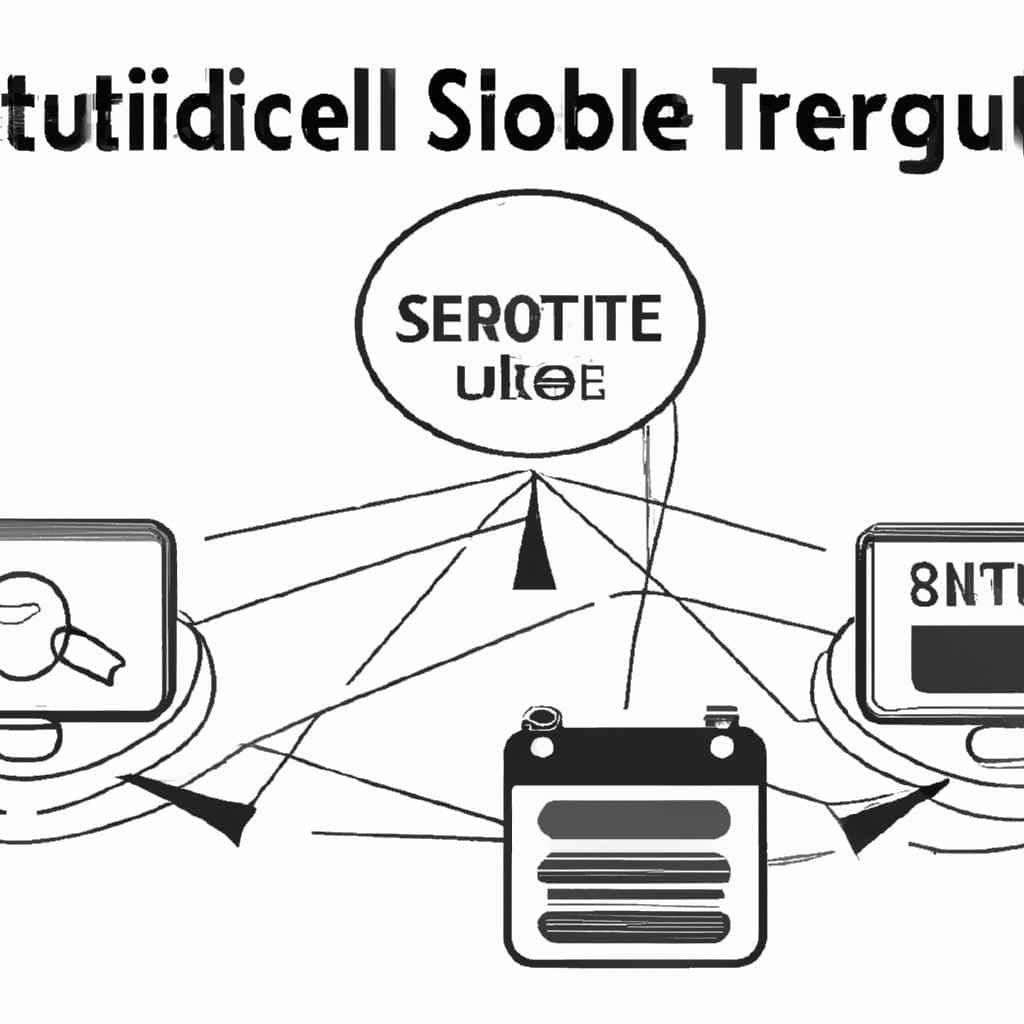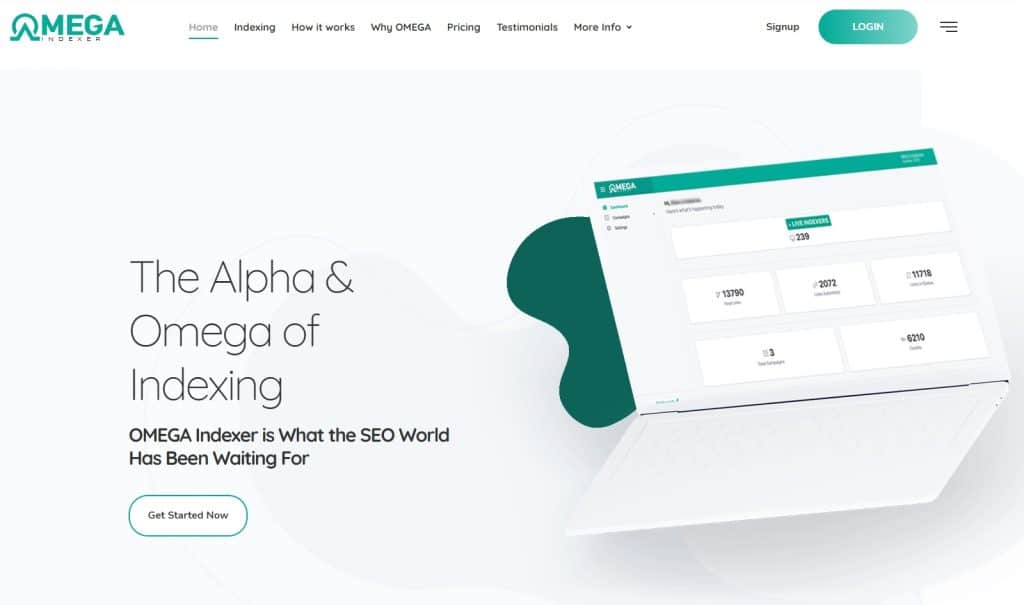As an SEO specialist, understanding site architecture plays a crucial role in fixing website issues. A well-designed site structure not only helps search engines crawl your pages but also assists users to navigate your site. However, a poorly constructed website can contribute to a negative user experience and negatively affect your SEO. Below are some tips for troubleshooting site architecture issues:
1. Conduct a site audit to identify and resolve crawl-related issues.
2. Limit the number of broken links and unnecessary pages to decrease load time.
3. Create a sitemap that organizes your site pages and links.
4. Use clear and descriptive URLs to enhance user and search engine readability.
5. Optimize title tags, meta descriptions, and header tags to assist crawling.
By troubleshooting and optimizing your site architecture, you can enhance your website’s search engine rankings and user experience. Remember, a well-designed and functioning site structure is a fundamental building block of SEO.
Troubleshooting Site Architecture for Better SEO: A Step-by-Step Guide
If you’re struggling with SEO, one area that you may need to focus on is your site architecture. A clear and well-organized site structure can help search engines better understand your content and improve your rankings. But what happens when your site architecture isn’t working? Here’s a step-by-step guide to troubleshooting issues with your site architecture for better SEO:
Section 1: Identifying the Problem
The first step is to identify what the problem is with your site architecture. There are a few common issues that may be impacting your SEO:
Subsection 1.1: Duplicate Content
Duplicate content refers to content that appears in more than one place on your site. This can confuse search engines and make it difficult for them to know which page to show in search results. To identify if you have duplicate content, use a tool like Screaming Frog to crawl your site and check for identical content on multiple pages.
Subsection 1.2: Broken Links
Broken links can harm your SEO by creating a poor user experience. Search engines may also view these links as a sign of low-quality content. Use a tool like Ahrefs to check for broken links, and fix them as soon as possible.
Subsection 1.3: Poor Navigation
If your site is difficult to navigate, users and search engines may struggle to find the content they’re looking for. Check your site’s navigation to ensure it’s intuitive and easy to use.
Section 2: Assessing the Impact
Once you’ve identified the problem, it’s important to assess the impact it’s having on your SEO.
Subsection 2.1: Use Analytics
Analytics tools like Google Analytics can help you see how users are interacting with your site. Look for metrics like bounce rate, time on site, and pages per session to see if your site architecture is impacting user behavior.
Subsection 2.2: Check Rankings
Use a tool like Ahrefs or SEMrush to check your rankings for important keywords. If your site architecture is holding you back, you may see a lower ranking than you would expect for the quality of your content.
Section 3: Making Changes
Once you know what’s wrong, it’s time to make changes. Here are a few fixes for common site architecture issues:
Subsection 3.1: Consolidate Duplicate Content
If you have duplicate content, consider consolidating it onto one page and using canonical tags to signal to search engines which page is the primary one.
Subsection 3.2: Update Navigation
If your navigation is confusing, update it to make it easier to use. Consider adding a search function or categorizing content to make it easier to find.
Subsection 3.3: Fix Broken Links
If you have broken links, fix them as soon as possible. Use redirects to send users and search engines to the correct page.
Section 4: Monitoring Progress
After making changes, it’s important to monitor your progress to see if they’re having an impact.
Subsection 4.1: Use Analytics
Once again, analytics tools can help you see how users are interacting with your site. Look for improvements in bounce rate, time on site, and pages per session.
Subsection 4.2: Check Rankings
Use a tool like Ahrefs or SEMrush to check your rankings for important keywords. If your site architecture was holding you back, you should see an improvement in rankings after implementing changes.
Section 5: Continuing to Improve
Site architecture is an ongoing process, so it’s important to continue to monitor and improve it over time.
Subsection 5.1: Regular Audits
Regularly audit your site to ensure there aren’t any new issues with your site architecture. Use tools like Screaming Frog and Ahrefs to identify any new duplicate content or broken links.
Subsection 5.2: User Feedback
Pay attention to user feedback, both positive and negative. If users are struggling to find content or navigate your site, take note and make improvements where necessary.
In conclusion, troubleshooting issues with your site architecture can be a valuable way to improve your SEO. By identifying the problem, assessing the impact, making changes, monitoring progress, and continuing to improve, you can create a site architecture that works for both users and search engines.
| Topic | Information |
|---|---|
| Issue | Issues related to site architecture that impact SEO |
| Causes | Poorly structured navigation, duplicate content, broken links, slow loading pages, incorrect use of header tags, non-responsive design |
| Impact | Decrease in search engine rankings, decrease in organic traffic, potential for penalties from search engines |
| Troubleshooting | Conduct website audit, check for broken links, ensure proper use of header tags, optimize images for faster loading, eliminate duplicate content, improve site navigation, ensure responsive design |
| Solutions | Optimize website structure for search engines, simplify navigation, remove duplicate content, improve page load speed, use appropriate header tags, create a responsive design, use schema markup |
How To Troubleshoot Site Architecture Issues For Better SEO
Site architecture plays a vital role in optimizing a website for search engines. However, certain issues in site architecture can hamper the SEO performance of the website. This can lead to a decrease in traffic, lower rankings, and ultimately, a negative impact on business. Below are some frequently asked questions related to troubleshooting site architecture issues for better SEO.
FAQs
1. What is site architecture in SEO?
Site architecture refers to the way a website is organized and structured to present its content to both search engines and users. A good site architecture enables search engines to easily crawl and index the pages, making them easier to find and rank.
2. What are the common site architecture issues that affect SEO?
Some common site architecture issues that can negatively impact SEO include poor URL structure, duplicate content, broken links, slow loading time, and unoptimized images and videos.
3. How can I identify site architecture issues in my website?
You can use various website audit tools like Google Search Console, SEMrush, and Ahrefs to identify site architecture issues. These tools can help you detect duplicate content, broken links, crawl errors, and other issues that may be affecting your SEO performance.
4. How can I fix site architecture issues on my website?
The first step in fixing site architecture issues is to identify them. Once identified, you can implement fixes such as optimizing page loading time, removing duplicate content, fixing broken links, and optimizing images and videos. It is also important to have a well-structured URL and navigational hierarchy on your website.
5. What are the benefits of troubleshooting site architecture issues for better SEO?
By troubleshooting site architecture issues and fixing them, you can reap the benefits of better SEO performance. This includes higher rankings, increased traffic, better user experience, and ultimately, increased revenue and conversions.
Article:
When it comes to improving SEO for your website, one crucial aspect is site architecture. A well-structured site architecture can make it easier for search engines to crawl and index your website content, resulting in better rankings in search engine results pages (SERPs).
However, if there are issues with your site architecture, it can be detrimental to your SEO efforts. Here are some common troubleshooting issues with site architecture and how to fix them:
1. Broken links: Broken links can negatively impact your SEO as they prevent search engines from crawling your website properly. Use a tool to identify broken links and fix them as soon as possible.
2. Poor navigation: Your website’s navigation should be clear, concise, and easy to use, allowing visitors and search engines to move easily from page to page. Make sure to include relevant keywords in your navigation labels.
3. Duplicate content: Duplicate content can confuse search engines, resulting in lower rankings. Use tools to identify and remove duplicate content.
4. Inadequate URL structure: Your website’s URLs should be descriptive and contain relevant keywords. Avoid using complicated URL structures that make it difficult for search engines and users to understand.
5. Slow loading times: A website that takes too long to load can negatively affect your SEO. Use tools to identify and fix any issues that may be slowing down your website.
By addressing these site architecture issues, you can improve your website’s SEO and visibility in search engines.
Reference URLs:
1. How Important Is Site Architecture for SEO?
2. The 7 Most Common Site Architecture Mistakes & How To Fix Them

One of the Top SEO Consultants In Bangladesh. In 7 years of my career, I have worked with more than 80 brands & uncountable love from my SEO clients. To provide SEO service I have an in-house SEO team.




